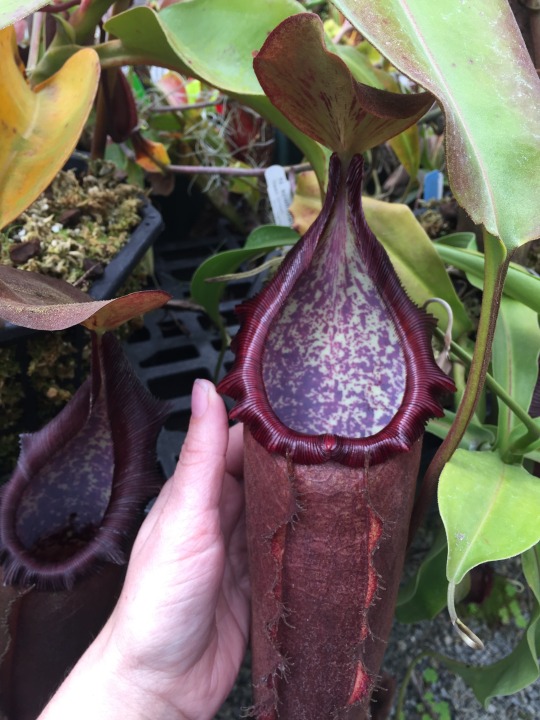Photo
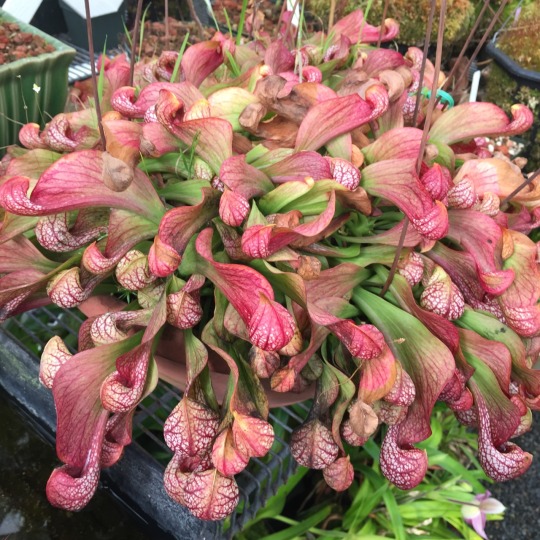
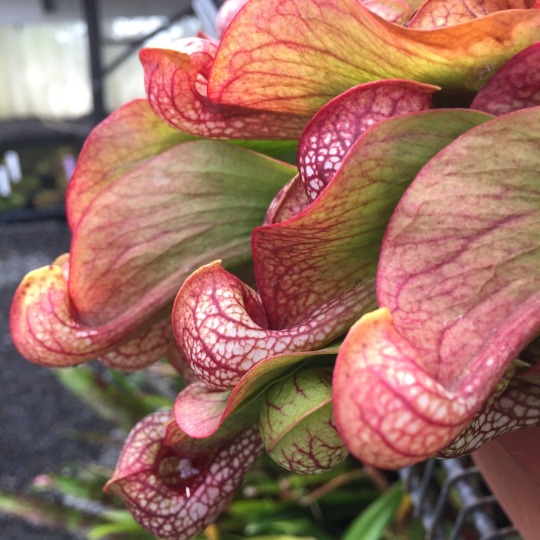

While it certainly looks like a Sarracenia, psittacina does stand out amongst its brothers and sisters for its wonderfully charismatic traps and low rosettes.
104 notes
·
View notes
Photo
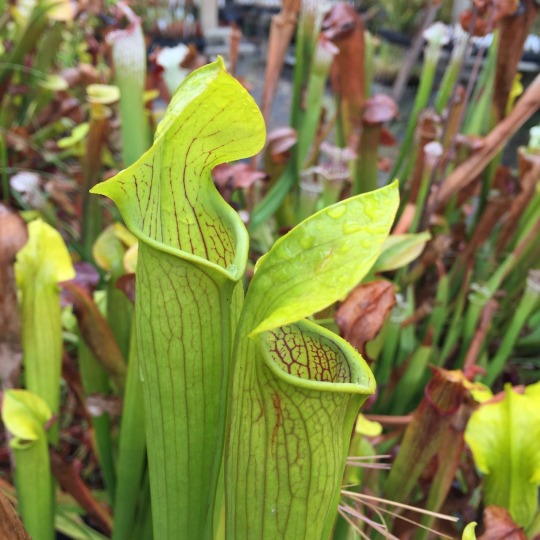
The first rain has fallen and it makes all the Sarracenia outside look so lovely!
90 notes
·
View notes
Photo
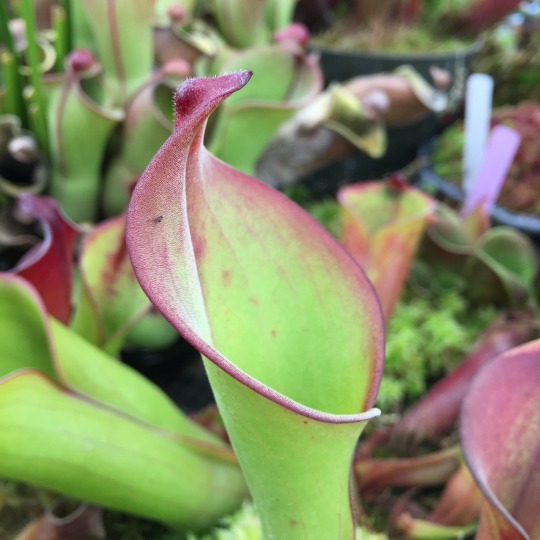
I love the gentle, sophisticated curves of this Heliamphora pitcher and it's nectar spoon.
41 notes
·
View notes
Note
So I recently bought a small Venus flytrap plant at whole foods at I live in a dorm I'm afraid it won't catch anything and some traps are black! How do I help this plant?
Hi! What state do you live in? Venus flytraps actually prefer to be grown outdoors in most areas. You can check out our websites Growing Tips for a bunch of information on VFTs www.californiacarnivores.com. In the meantime, make sure your plant gets lots of sunlight! It needs to be sitting in a few inches of distilled or rain water all the time, they don't want to dry out. And you can feed your traps live mealworms (you can get them at the pet store). Some of the traps will turn black and die back over time, that's totally normal but new traps should grow. Also, VFTs are temperate plants and require a chilly winter dormancy to thrive. Dormancy is triggered by exposure to a combination of cooler temperatures and shorter photo periods. If you live in an area where nighttime temps don't drop lower than 20 degrees throughout the winter you can just leave your plant outside, in full sun for the winter. If you live in a cooler climate you can bring your plant indoors for the winter. Put it on a sunny windowsill, preferably in an unheated room, for the winter and keep it watered. During dormancy the plant will slow its growth, many of the traps will die back and the remaining traps will be small. Dormancy lasts from Halloween to around Valentine's Day. The plant will start to grow vigorously again in spring. Hope that helps!
13 notes
·
View notes
Photo
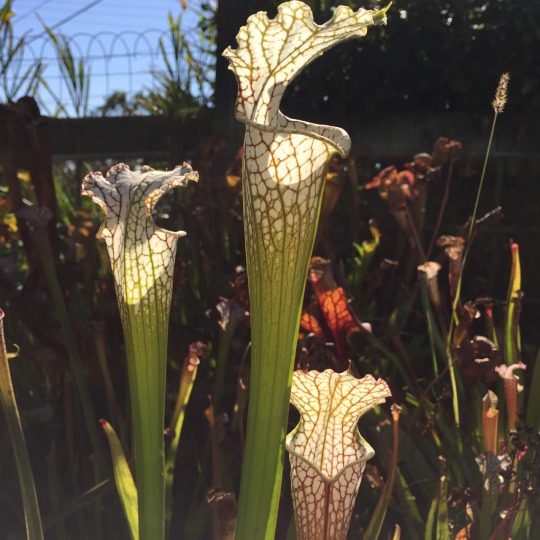
Known for its gorgeous, luminescent, white pitchers, Sarracenia leucophylla sends up its most awe inspiring pitchers in autumn.
90 notes
·
View notes
Photo
Another great Drosera-in-action video we were mesmerized by!
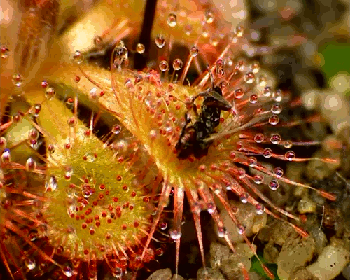
Drosera sp., either D. burmannii or D. sessilifolia. Not sure which, but it’s a cute little monster regardless.
2K notes
·
View notes
Photo

We saw this posted on Facebook and we LOVED it! What an amazing chart!
241 notes
·
View notes
Photo
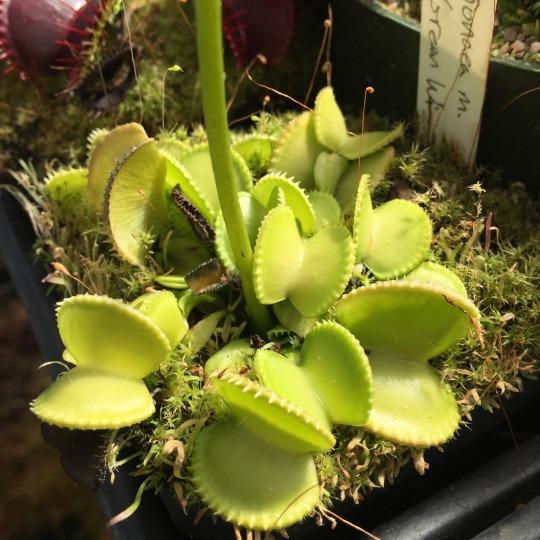
Dionaea m. 'Green Wizard' has these tiny little serrated teeth that turn inward on rather tumescent traps.
128 notes
·
View notes
Photo

Drosera x eloisiana (formerly known as Drosera beleziana) growing in the bogs of England.
66 notes
·
View notes
Photo

A collection of little Pygmy sundews and Utricularia.
41 notes
·
View notes
Photo
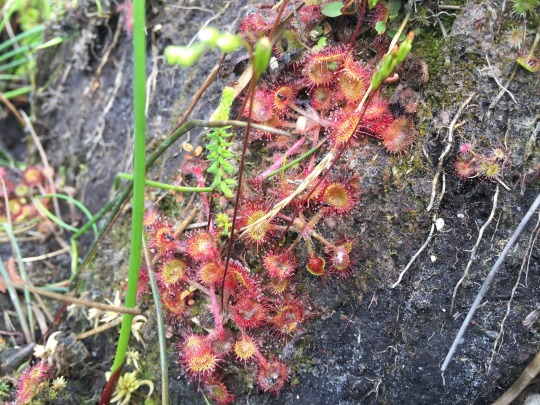
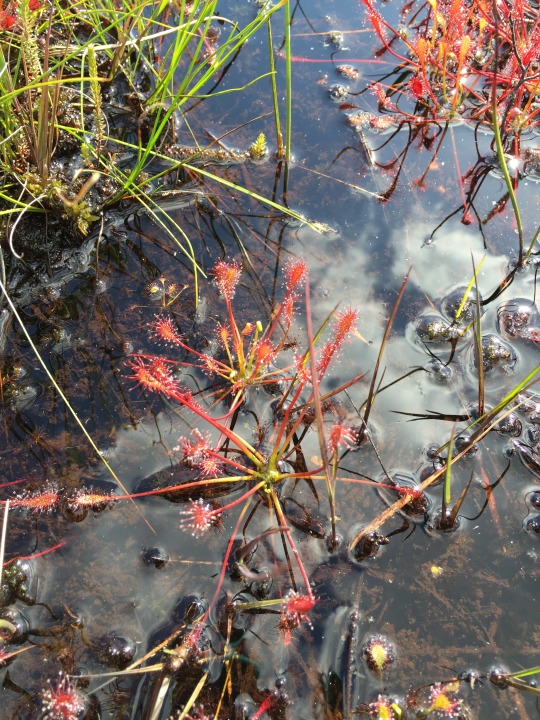
As you can see, the Drosera in the English bogs can either grow in very wet or more dry environments. These two could be found at the same bog sight.
94 notes
·
View notes
Photo
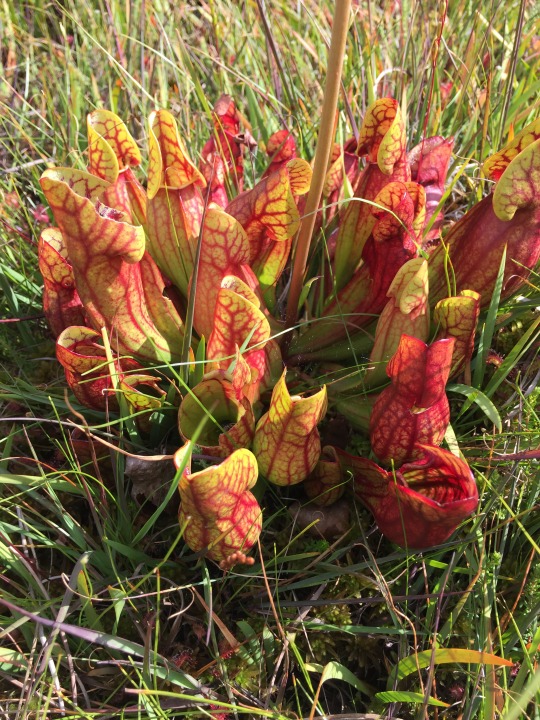




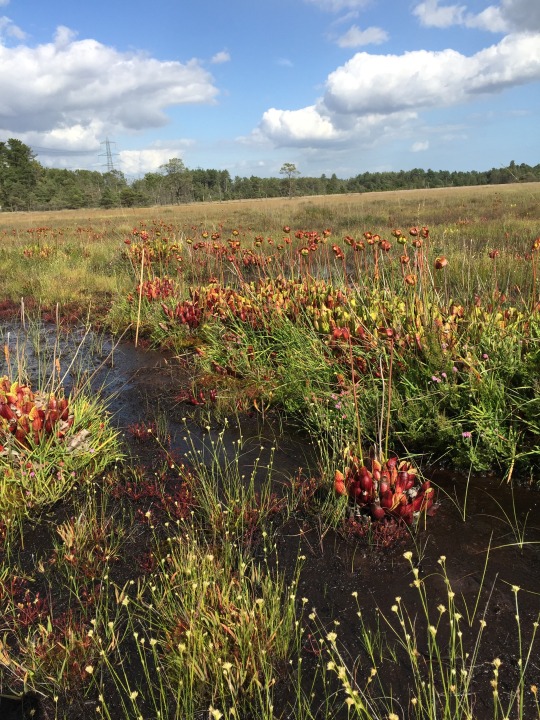
Sarracenia purpurea introduced and thriving in the bogs in Great Britain.
173 notes
·
View notes
Photo

Green lynx #spider on a #sarracenia pitcher. #carnivorousplants
130 notes
·
View notes
Photo
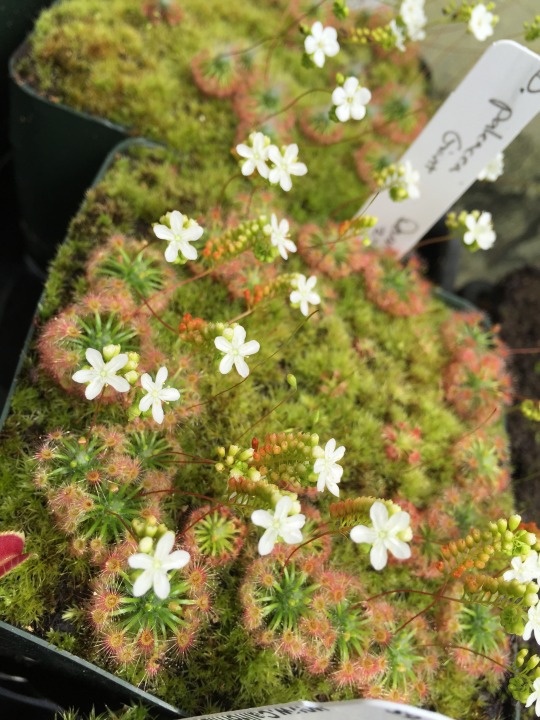
Drosera paleacea always produces masses of flowers along their stems and my favorite part is the ombre effect of the color of the buds before they are open!
110 notes
·
View notes
Photo
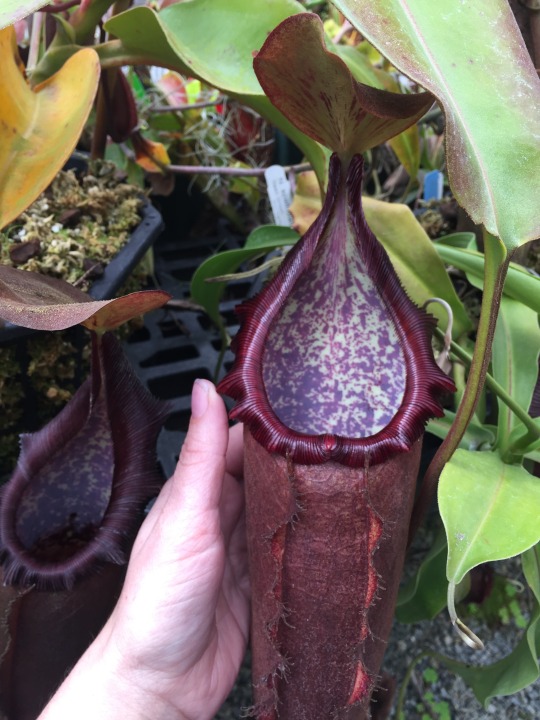
This Nepenthes densiflora x truncata has so many nice qualities; lovely deep red color, pixelated red and green spots, shiny, undulating peristome, great size. But my favorite is the roguish lid that seems to be waving.
52 notes
·
View notes
Photo
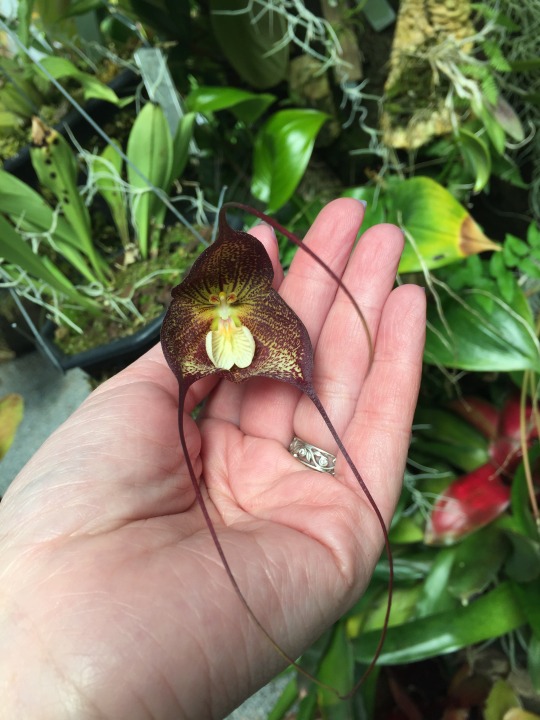
One of the many orchids in bloom at the nursery.
33 notes
·
View notes
